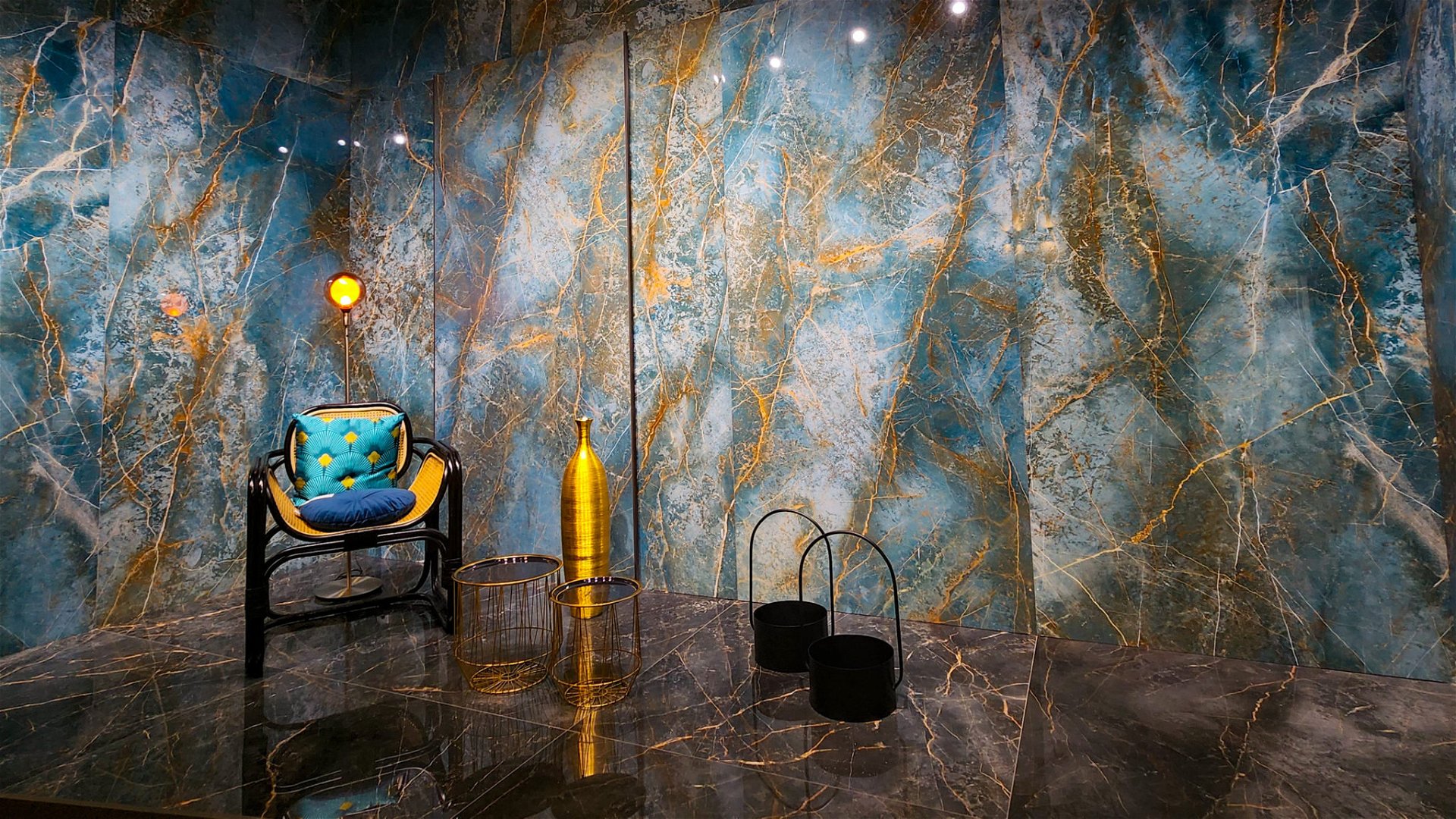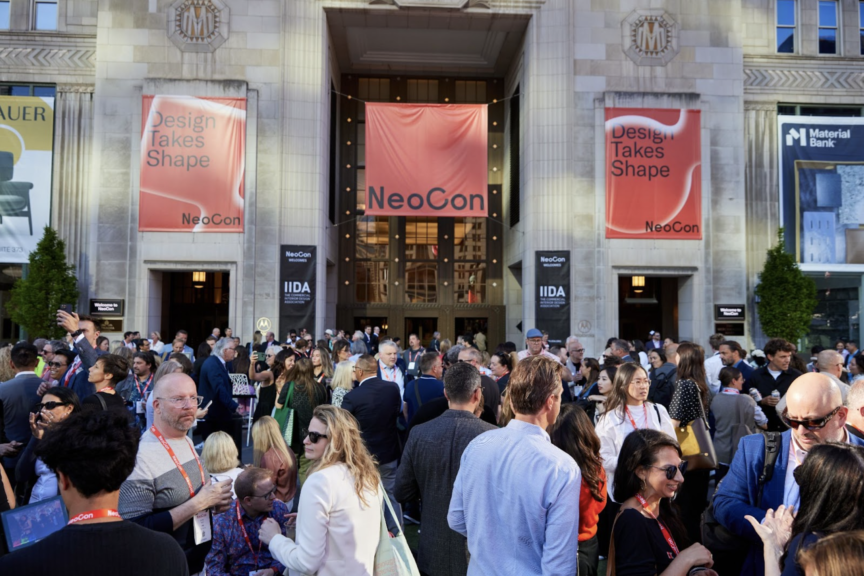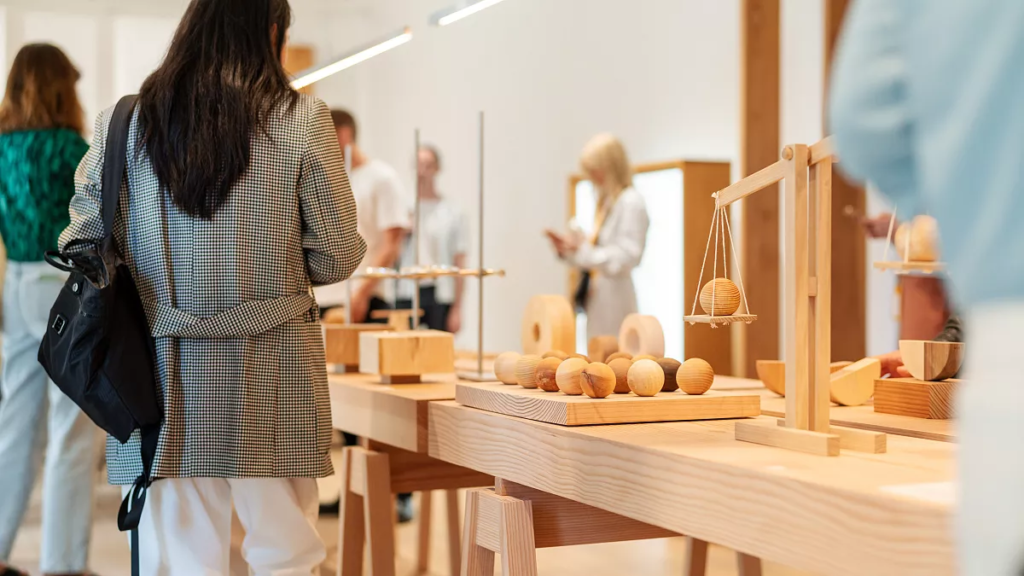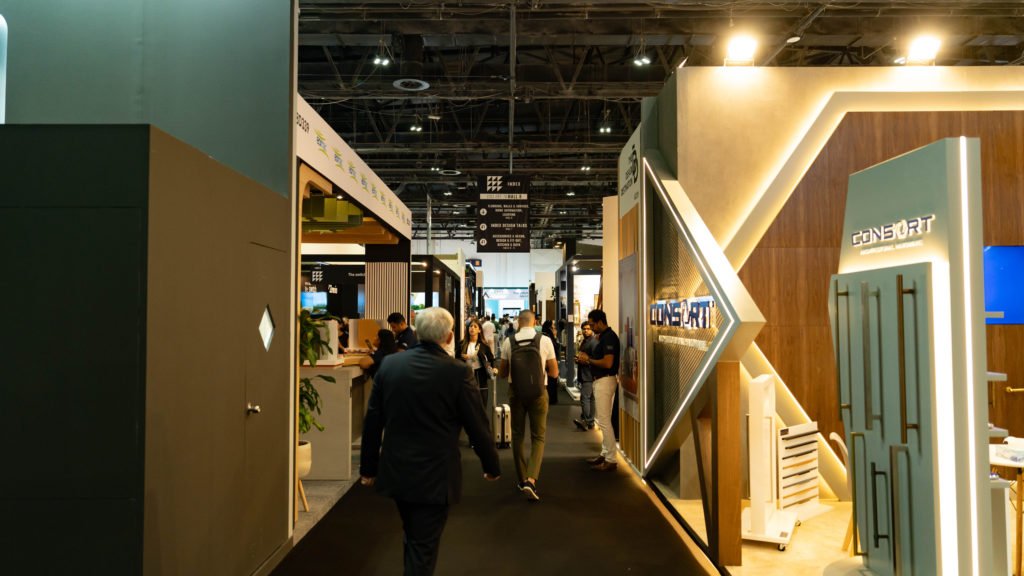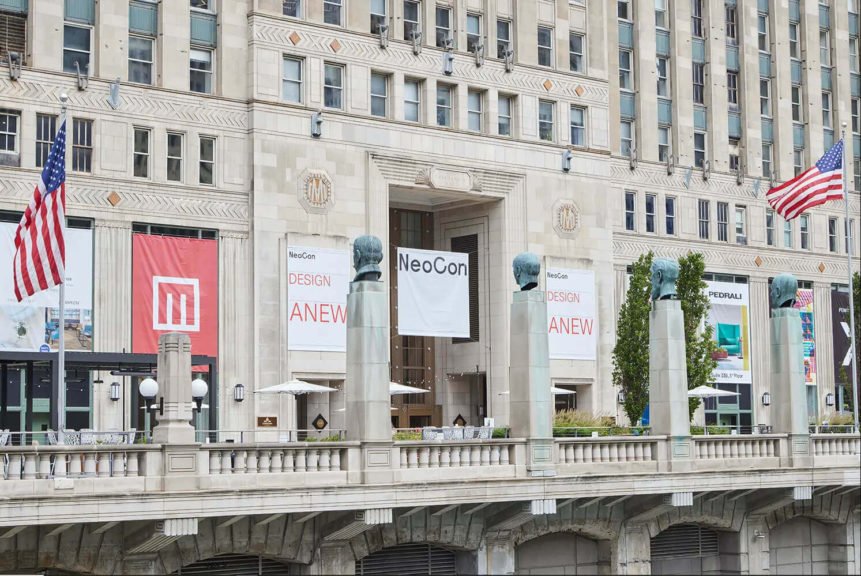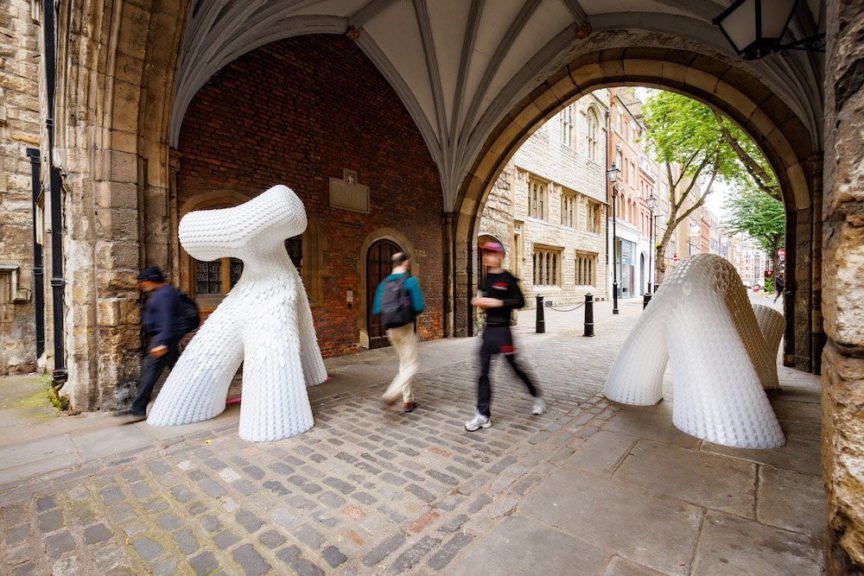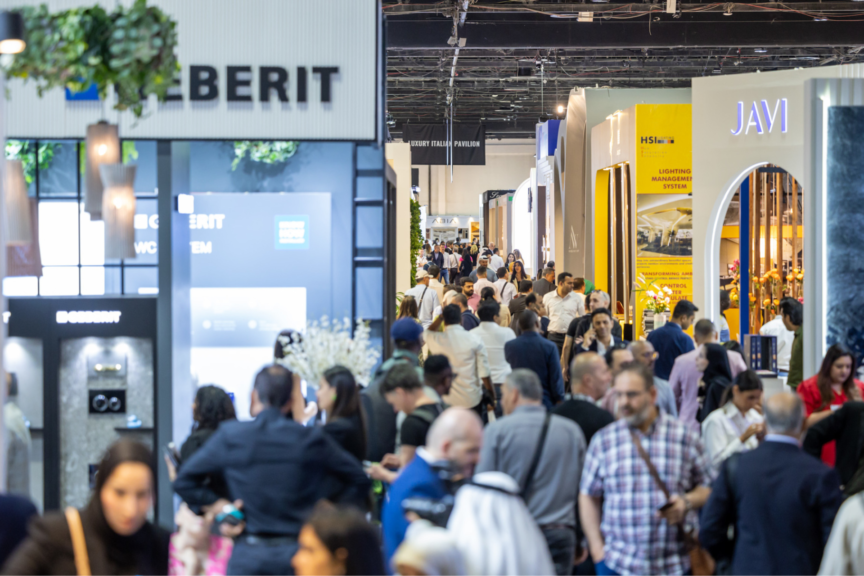Whether or not you are familiar with Spain’s tile industry – you might have come across the classic blue and white Spanish ceramic pottery. If you have visited Spain, you might even know that this artistry (available in more vivacious colour palettes) is broadly classified into three types: Majolica, Talavera and Fajalauza. Or you might have come across the term ‘azulejo’, referring to a tile typically used in dated buildings.
Alongside the ornate and exquisite architecture in the region, ceramics have been prominent in Spain for centuries. In fact, these tiles are a kaleidoscope of Spain’s political history. From Greecian details to Moorish techniques and Arabic influences, snippets of time have been neatly cemented into the venerable trade. And to date, the people of the nation celebrate and rejoice in their ceramic virtuosity.
Towards the end of February this year, Cevisama, Spain’s annual trade fair for ceramics, bathroom equipment and natural stone completed 40 years. Love That Design was graciously invited by the Tile of Spain collective to attend the event in Valencia for the third year in a row. Bracing ourselves against the chilly winds (and sorely missing the infamous Valencian sun), we made it through the halls of Feria Valencia to gather some insights. Does the legacy of the Spanish tiles hold up? Here are the highlights:
Are Large Format Tiles the Key to winning Middle Eastern trade?
Spanish Companies mean Business, but why?
Moving through the stalls, we asked over 10 exhibitors the same question, ‘What is your strategy for a break through the Middle Eastern market?’, and at almost every booth we received the same answer, ‘Large format tiles.’ A close second was acting on sustainability certifications. David Edo Calatayud, Area Manager at Peronda, a manufacturer of high-quality ceramic tiles attributed this demand in the Middle East to the rise of large scale projects in the region, especially Saudi Arabia. “What sets us apart is the texture on our large format tiles”, he emphasised. “Our state-of-the-art facilities allow us to produce this unique offering. Additionally, marble-finish tiles and wall tiles are also popular in the region.” Amisa Kitchens & Ceramics in the Middle East are Peronda’s dealer for the region.
According to ASCER (Spanish Ceramic Tile Manufacturers’ Association) president, Vicente Nomdedeu Lluesma, the post-pandemic global energy crisis combined with more recent geopolitical incidents such as the Ukraine-Russia conflict and Red Sea shipping attacks has affected demand and prospects for Spanish tiles. Vicente truthfully explained, “Our sales are not immune to the global fall in demand, registering a 16.6% decrease in value and 22% in volume.”
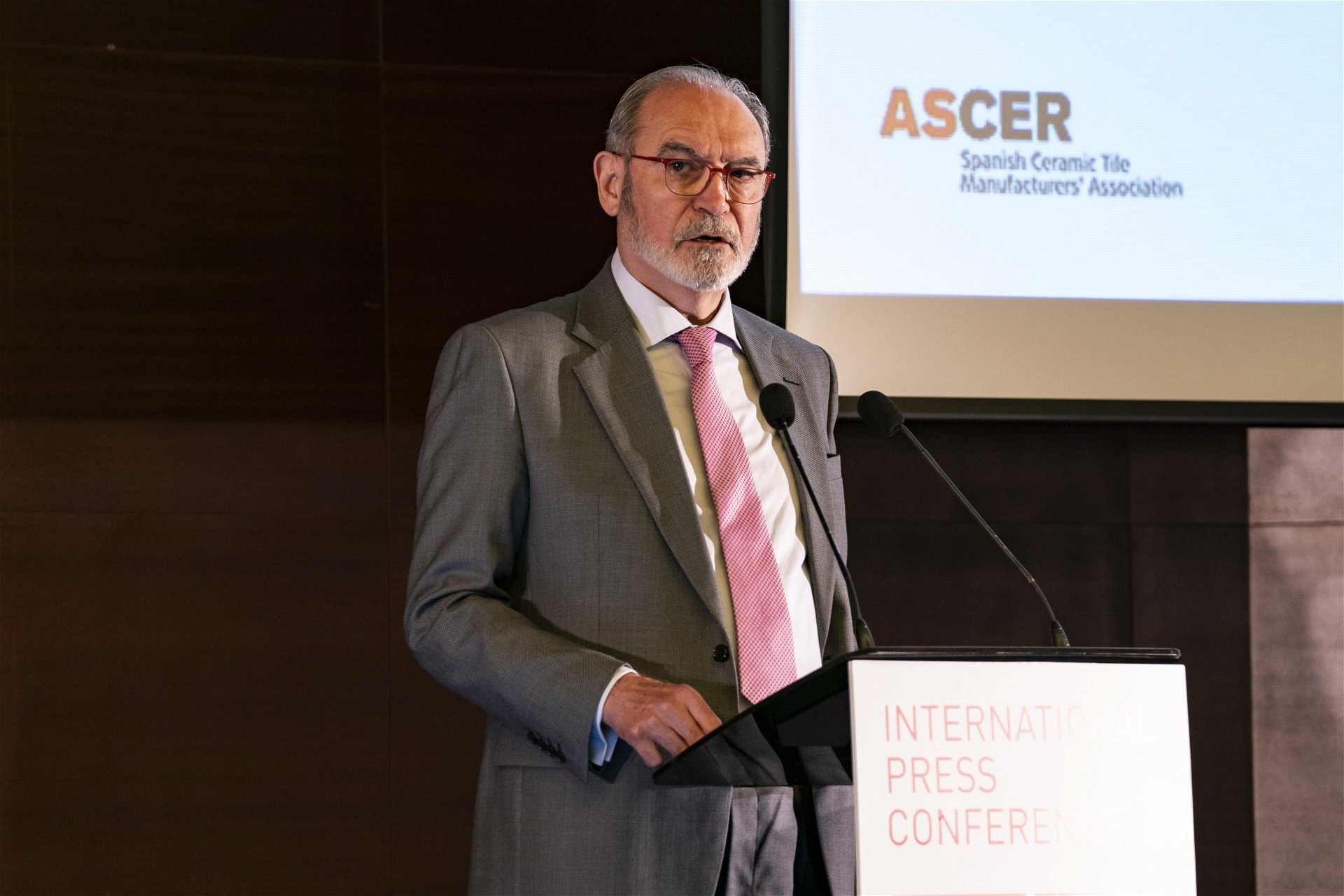
In such a scenario, rapidly developing infrastructure in the Middle East (especially Saudi Arabia) is a burgeoning opportunity. But, the president was also forth-coming about facing competition from Asian countries like China and India. He stated, “Today, Europe only accounts for 8.4% of global production, compared with just ten years ago when we clearly led the sector.” Saudi Arabia still remains amongst the top ten export markets for Spanish tiles, however, statistics projected a 38.7% drop in sales from 2022. European standards comply with labour and environmental laws strictly, and hence perfectly align with the Middle East’s vision. Given this, the team at ASCER is hopeful about revival in numbers in the coming years.
But, it should be noted that these numbers reflect an average of all the companies under (and even outside) ASCER in Spain. There are individual entities who are successfully tapping into the potent market of the Middle East and reaping benefits. For example, at Cevisama 2024, over 850 foreign businesses and more than 430 carefully selected domestic buyers were invited by Tiles of Spain. This list was based on the recommendations of the exhibiting brands who have nominated their best customers.
With the standard of products displayed at the fair, other ambitious brands could catch up by relying on their strengths and channelling strategic moves.
What Caught Our Eyes
Roca
This year around, Roca won second place Best Interior Design for Booth Award at Cevisama 2024.
Designed by Summumstudio, the booth represented a new architectural concept, Synchrony. Usurping its muse from Japanese aesthetics, the calm ambiance buttressed on three concepts, ‘time, place and shape.’ Different slots within the booth presented different set-ups, each thoughtfully mood-boarding Roca’s latest. “If you scan the barcode, you will discover the story behind the evolution of each product, and why every colour and texture was chosen”, Ali El Fouani, General Business Manager – Asia, specified. With the booth, the brand successfully positioned itself as the flag-bearer of well-being.
Ali shared, “Regions like the UAE are home to expats. There, it is difficult to pinpoint a single trend. Some like colour, some prefer simplicity. While we have profitable business in the Middle East, the rise of local ceramic production in Saudi Arabia has proven to be a worthy contender. Although, I will say that it is not fair to draw comparisons, since the product range itself is very different.” Synchrony presented new collections designed to fit in with changing settings and new needs. They include innovative new formats, such as 260x120cm slabs or 160cm wood-effect boards.
APE Grupo
At Cevisama 2024, APE Grupo earned special mention for Best Interior Design for Booth Award.
Ever entered a space that feels expansive but cosy at the same time? That is exactly how APE Grupo’s stand at Cevisama 2024 felt like. A combination of cylindrical masses was conducted by a charming pathway punctuated with Ilbagno, APE Grupo’s brand specialising in bathroom innovations such as bathtubs, sinks and countertops. In one of the cylinder collections from Carmen, APE Grupo’s decorative ceramic brand was displayed. One was Pukka, flauntings its imperfections reminiscent of tile firing in traditional kilns. Another series called Genuine, interacted with stimulus such as lighting and temperature to create tone changes.
The highlight, however, was Italian architect Luigi Romanelli’s Clos. Inspired by stones, this modular collection champions creativity through arrangement of its pieces. But that was not all, APE Grupo also had a detailed itinerary for Castellón headquarters. Titled, ‘The Perfect Mix Experience’, a series of different activities everyday would allow visitors to immerse themselves in creative tasks (such as brewing coffee) as they interact with other professionals, discover products and insights. From a dedicated Design Day to forecasting trends under The New Habitat presentation, the brand went above and beyond to create meaningful interactions.
An Expanding Scope for Ceramics
Beyond Walls & Floor
An abundance in production of ceramics had led to subsequent innovation with the materials. The biggest question manufactures are asking designers and potential dealers is, ‘Why should ceramics be limited to walls and floors?’ One of these manufacturers was Natucer boasting 12 collections of wall & floor ceramic tiles at Cevisama 2024. Their speciality includes extruded porcelain tiles and the Step 120 collection that aids in achieving clean finishes by avoiding cuts and joints. Such an application makes the tiles eligible for luxurious outdoor furniture and captivating patio settings. “The Middle East constitutes for 50% of our sales portfolio”, Jose P. Cantavella. Area Manager, Natucer declared. “We try to stay ahead of our Indian, Chinese and Turkish contemporaries by always looking to offer that extra value.”
Cerámica Mayor, a brand that had thus far only associated themselves with terrace and pool tiles is now steadily seeping into the interiors realm. “We are banking on the concept of minimalism for our approach”, Roman Mayor, Operations Manager at Cerámica Mayor shared. “Our USP is the ability to realise a monolithic design, same material inside and outside a house.” Nazo Ceramics and Ceramic City are two suppliers for the brand in the region.
Vibrance remains the Highlight
Spain’s Love for Colour and Form is Unending
Just because the demand for small format tiles is relatively lower does not mean brands like Decocer and Equipe are not eyeing the Middle East region. “The logistics can be a hassle, given that transportation of smaller tiles is tricky”, Ramon Alejandro, Area Manager at Equipe testified. “We have seen some surge in demand – although bleak – in the Middle East.” In the end, both these brands attribute the unquantifiable factor of ‘a designer’s choice’ as a factor. Nonetheless, the details and allure of employing these tiles is tempting – and it also seems to be in trend.
Alttoglass, a manufacturer, who started their journey with hand-made mosaic glass ceramics used in swimming pools slowly expanded their portfolio in digital print. Today, they work alongside designers to fulfil their whims and fancies for novel shapes and colours.
Last year around, Vives’ booth was a labyrinthe of curved walls and glazed, vibrant tiles. This year the vivacious remained, and voluptuous surfaces were replaced by slots of interesting design concepts. Apavisa’s booth also presented eye-pleasing set-ups, albeit in more muted tones than Vives.
IMAGE GALLERY
Article info
Article:
Date added:
13 March, 2024

